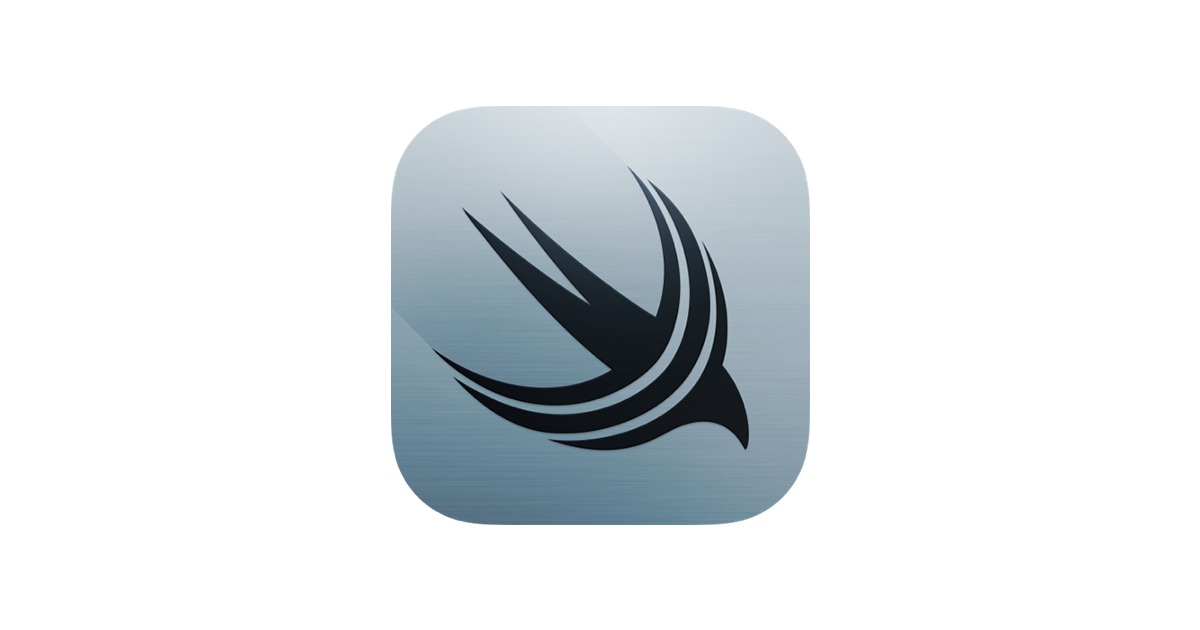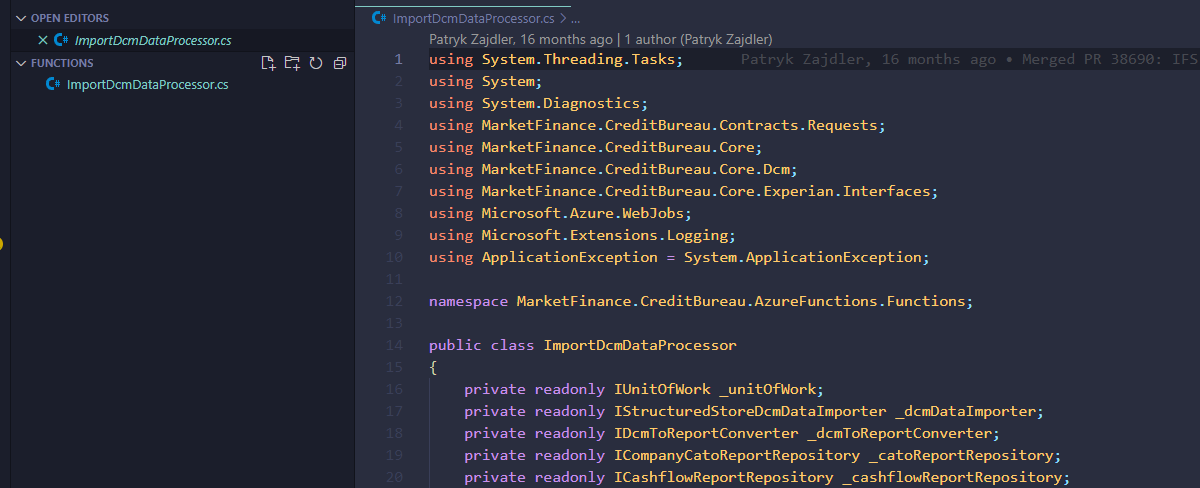Things will always change, as of today 27 Dec 2023 it is done this way:
You will need to enable CloudKit for your app and push notifications of course. Cloudkit facilitates sufficient packages to access iCloud for your app. Push notifications facilitate the publisher-subscriber mechanism for your app and server to communicate if there are any changes to your Database. For instance, you make a change on your iPhone, and the similar MacOS app gets notified and updates the Database.

Your Models and Configurations
Your models must conform to the following:
- You must mark all properties of your model as Optional ‘?’
- You can give models initial values and not set them as optional
- You can’t have a ‘.unique’ constraint
- All relationships must be optional
Note: iCloud requires all the relationships to provide inverse
You must tag the other side as inverse and explicitly define them as follows:
One to many:
@Relationship(deleteRule: .nullify, inverse: \ImportedImage.flashcard)
var importedImage: [ImportedImage]?
other side:
@Relationship
var flashcard: Flashcard?
Many to many:
@Relationship(deleteRule: .nullify, inverse: \Tag.flashcard)
var tag: [Tag]?
other side:
@Relationship
var flashcard: [Flashcard]?Common errors you will bypass following this guideline:
Failed to find any currently loaded container for model swiftdata
very generic: Thread 1: EXC_BREAKPOINT (code=1, subcode=0x1c3c5ca68)
SwiftData/ModelContainer.swift:144: Fatal error: failed to find a currently active container for <ModelName> 



